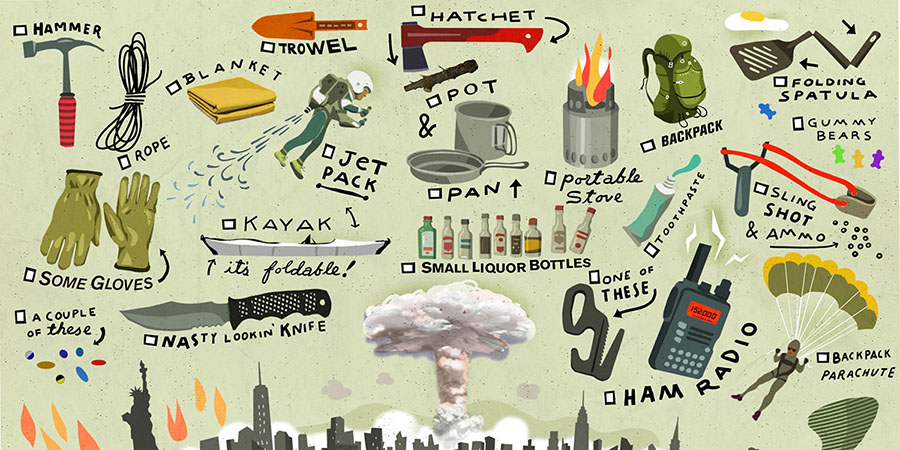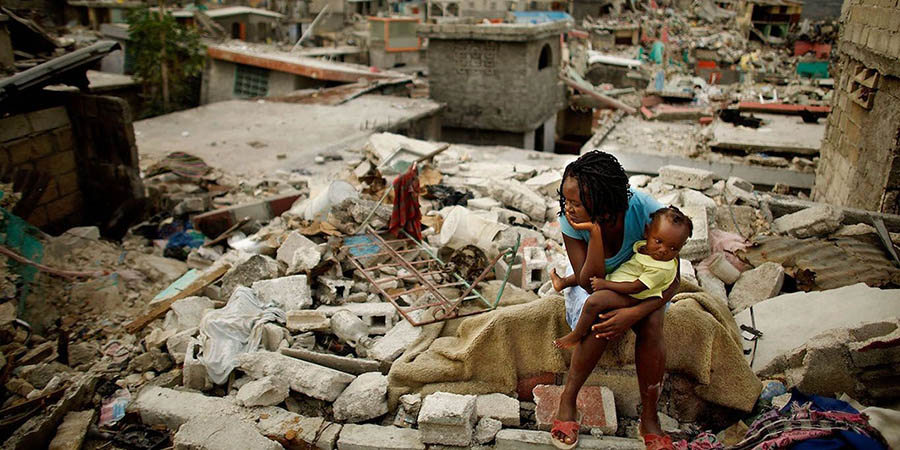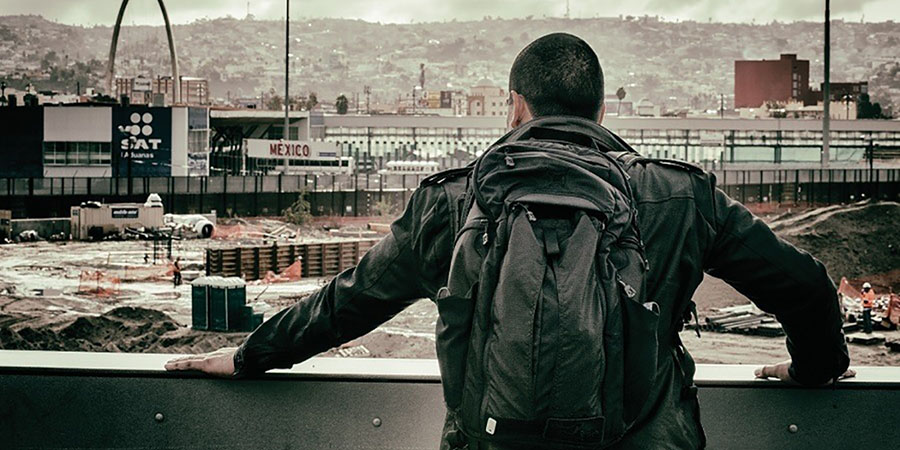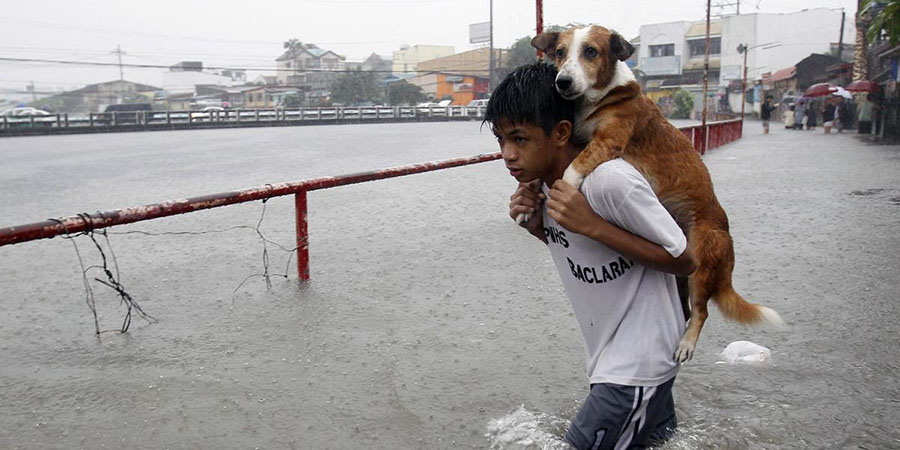- Category: Urban Survival
Nuclear fallout, a virus pandemic, civil unrest, it doesn’t matter. When it comes to genuine emergency situations, it never hurts to be prepared even while everyone else thinks you’re crazy. Surviving an apocalyptic situation means you need to be well stocked up on essentials like water, food, and having plenty of options to generate fire and electricity.
But besides the essentials, what other survival gear should you be considering?
- Category: Urban Survival
Earthquakes happen without warning. We don’t know when the next major earthquake will happen, but we can take action now to prepare to survive it and minimize impact. Preparedness starts with a plan. For cities and agencies, this means working with engineers to retrofit older structures and design new buildings, bridges, and highways to withstand an earthquake as best as possible. For individuals and families, this means putting together an earthquake preparedness plan and kit and knowing what to do before, during, and after an earthquake.
- Category: Urban Survival
Unlike the concepts and practices of ‘wilderness survival’, ‘urban survival’ is more dynamic and goes far beyond the scope of actual surviving to live but to thriving while living. It still takes place in jungles, the concrete jungles.
You need to develop your urban survival skills. Why? Well, let’s face it. Most people live in the densely populated cities. According to United Nations (UN), as of 2014, 54% of the world’s population lived in urban centers. That’s 3.9 billion people living in cities! And that was four years ago.
- Category: Urban Survival
A hurricane is defined as any tropical or subtropical storm with winds above 74 mph (119 km/h). These storms can develop suddenly from small clusters of thunderstorms during the hurricane season (usually late summer to early fall), so it pays to be ready at all times. To survive one, you should know how to prepare beforehand, how to weather the storm, and what precautions you'll need to take when it's over.



